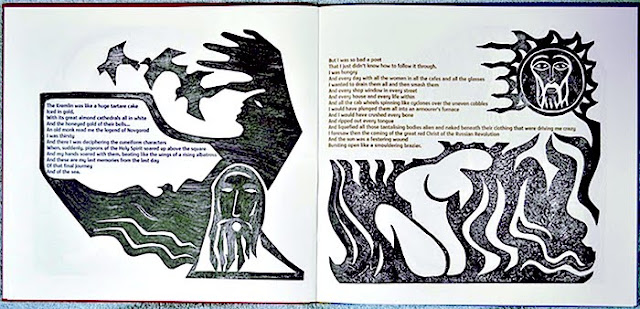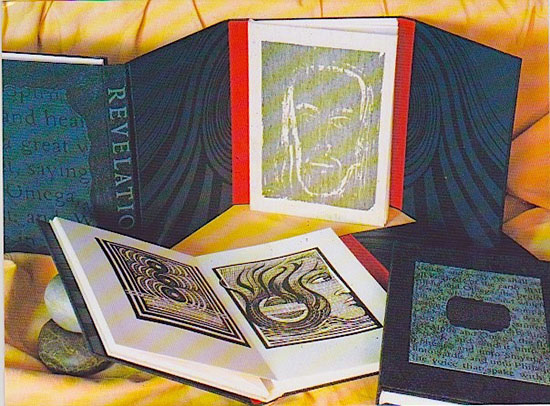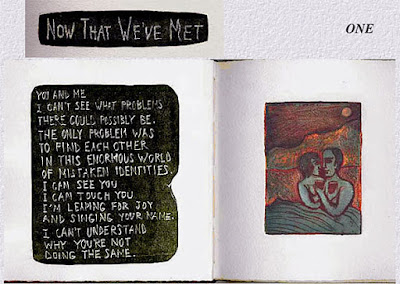I know this is too long a post but what the hell - if interested you'll read it all, if not you won't. No problema!
My next collaboration with the Old Stile Press took off in 2010 when
Nicolas McDowall saw a suite of old (1950s) ink drawings I had posted on
my blog. He was enthused and, of course, I was super-enthused when he
said: let’s do a book with these. What I wrote in that post became part
of the Afterword in the Old Stile Press book
Scenes from the Life of
Jesus published in 2011.
I was an art student in New York City when I dipped a brush in Indian
ink and these drawings emerged in quick succession. What I remember most
clearly about that period is a sense of freedom and excitement.
Abstract Expressionism was in the air and I was for a while studying
with
Jack Tworkov, one of its leading practitioners, in his studio next
door to
De Kooning. I’m not sure if these painters’intense commitment
to the spontaneous gesture was an influence but I did show my set of
drawings to Tworkov and was very proud when he praised them
unconditionally (he wasn’t the type to praise anything unconditionally)
even though the subject matter was not the sort of thing which would
appeal to anyone in that bohemian milieu.
I should explain where I
stand in relation to the G-word (God) and the R-word (Religion). I
believe in the mystery that is G. I don’t believe the human mind is
equipped to define G.
I don’t trust any of the
definitions/explanations for or against G that are given by religions,
theologies, mythologies, psychologies, occult theories etc. Why should I trust them?
All human thinking, including mine of course, is fallible and
influenced by all the agendas that we are heir to. When an individual or
whole armies of individuals, commit atrocious actions in the belief
that “God told us to do it” it is proof of the twisted turns the human
brain can take. It doesn't disprove or prove the reality of the G
mystery.
Do I think that the G mystery is real because, as many
disbelievers insist, I need a crutch to lean on, a tranquiliser against
the fear of death? Is it because I’ve been brainwashed? None of those
apply. The G mystery is real to me as presence, rather than belief. I
have no need to prove it. It's enough for me to play with it, in art or
comics or writing. It's inspiration.
Below are only a few of the images. In the book, short lines of text face each drawing.



















































